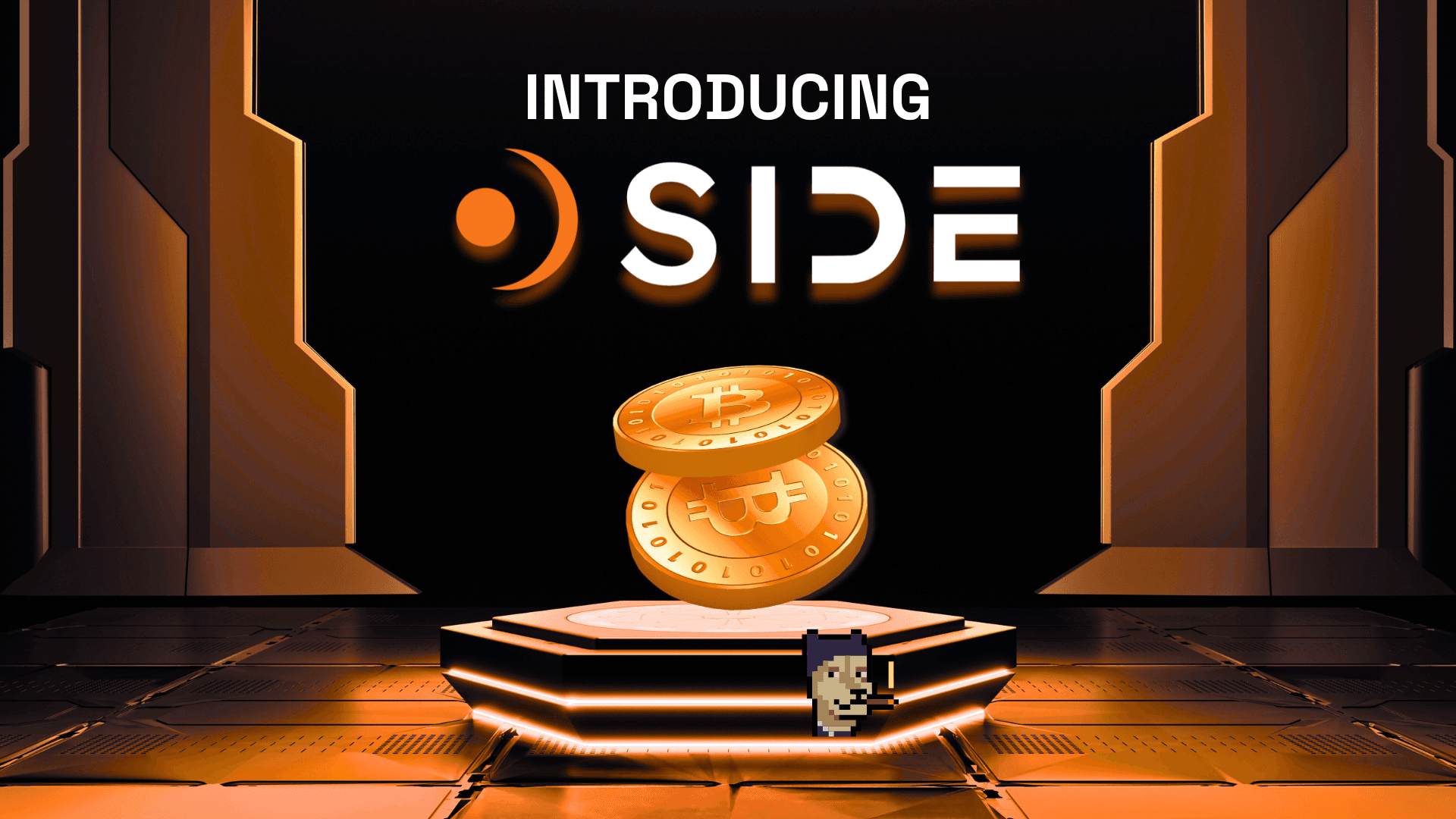Berachain has officially launched its mainnet, introducing a fully EVM-identical Layer 1 blockchain designed to optimize liquidity incentives while maintaining Ethereum compatibility. Unlike traditional Proof-of-Stake (PoS) blockchains, Berachain operates on Proof-of-Liquidity (PoL), a novel consensus mechanism that enhances economic efficiency by aligning validator, user, and application incentives.
Since its Token Generation Event (TGE) price of $7.00, Berachain’s native token BERA has shown resilience, currently priced at $7.42 despite expected volatility. The network has seen significant early trading activity, with a 24-hour trading volume exceeding $2 billion, signaling strong market confidence.
This article explores Berachain’s architecture, Proof-of-Liquidity model, and the role of its three-token system in fostering a sustainable and scalable blockchain ecosystem.
EVM-Identical Execution
At its foundation, Berachain runs an EVM-identical execution layer, meaning that it supports unmodified Ethereum clients like Geth, Erigon, Reth, and Nethermind. This allows developers to deploy smart contracts and applications built for Ethereum directly onto Berachain without requiring modifications.
One of the key advantages of this approach is that any future Ethereum upgrades (like Dencun or Proto-Danksharding) can be implemented immediately within Berachain. This makes it one of the most developer-friendly Layer 1 solutions in the industry, reducing the friction of migrating projects while maintaining full compatibility with existing tooling, wallets, and infrastructure.
Unlike EVM-equivalent blockchains that introduce subtle differences, Berachain is fully identical, meaning that applications that work on Ethereum today can work on Berachain out of the box.
Proof-of-Liquidity: Redefining Blockchain Economics
Berachain introduces a novel economic mechanism called Proof-of-Liquidity (PoL), which extends the Proof-of-Stake model by integrating liquidity provisioning into network security and governance.
How Proof-of-Liquidity Works
PoL is built on a two-token model, where Berachain separates chain security and gas fees ($BERA) from governance and liquidity incentives ($BGT).
$BERA: The native gas token, used for transaction fees and staking by validators.
$BGT: A non-transferable governance and incentive token, distributed to validators and users participating in liquidity provisioning.
Unlike PoS chains where staking a token reduces liquidity in the market, PoL ensures that the network security mechanism (staking) is tied to liquidity provisioning, improving market efficiency while securing the chain.

This structure fosters a circular economy, where users, validators, and protocols are all aligned in a self-reinforcing flywheel that enhances network growth and security.
Validator Economics and Governance in PoL
Berachain’s PoL system introduces a dynamic validator-reward model, ensuring that validators not only maintain network security but also optimize capital efficiency and user participation.
Validator Selection and Security Layer ($BERA)
Validators must stake $BERA to participate in consensus and secure the network. The top N validators, ranked by their $BERA stake, form the Active Set, and their probability of proposing a block is proportional to their stake.
However, unlike traditional PoS chains where validators primarily seek $BERA delegations, Berachain incentivizes validators to compete for $BGT delegations as well, which directly impacts their block rewards.
$BGT and the Reward Layer
Instead of simply rewarding validators with inflationary token emissions, Berachain directs block rewards to protocol-controlled Reward Vaults. Validators receive their emissions in $BGT, but they must strategically direct these emissions to liquidity providers via reward vaults.
In exchange, protocols bid for $BGT emissions using their own tokens, creating a market-driven incentive system where validators seek the most lucrative reward opportunities for their delegators.
This ensures that liquidity, security, and governance remain tightly interconnected, solving one of the major flaws of PoS—where network security and economic activity are often misaligned.
The Proof-of-Liquidity Lifecycle
1. Validator Lifecycle
Prospective validators stake $BERA as a security bond.
They are selected to propose blocks based on the size of their stake.
Block rewards are split between a base reward and a variable reward tied to $BGT boosts.
2. Reward Distribution
Validators direct $BGT emissions to Reward Vaults, which distribute incentives to users who provide liquidity.
In return, validators receive protocol-supplied incentives, increasing their revenue.
3. Liquidity Provider Flow
Users supply liquidity to Berachain-native DeFi protocols like BeraSwap.
Liquidity providers earn LP tokens, which can be staked in reward vaults to receive $BGT.
The more liquidity supplied, the greater the share of $BGT emissions a user receives.
4. Delegation Cycle
$BGT holders can delegate their tokens to validators, influencing their reward rates.
Validators who optimize their emissions strategy attract more $BGT delegation, increasing their block rewards.
This lifecycle ensures continuous capital rotation within the network, where every participant is incentivized to contribute to the ecosystem’s growth.
Berachain's Three-Token Model: $BERA, $BGT, and $HONEY
$BERA: The Gas and Staking Token
Used for transaction fees on Berachain.
Required for validator staking to secure the network.
Staked $BERA influences block proposal probability.
$BGT: The Governance and Incentive Token
Non-transferable and can only be earned by providing liquidity.
Used for governance votes and boosting validators.
Can be burned 1:1 for $BERA, ensuring economic alignment.
$HONEY: The Stablecoin
A fully collateralized stablecoin soft-pegged to the US dollar.
Can be minted against whitelisted collateral assets (like USDC and pyUSD).
Used for DeFi applications and payments within the Berachain ecosystem.
Reward Vaults and Incentives Marketplace
What Are Reward Vaults?
Reward Vaults allow liquidity providers to stake their PoL-eligible assets in exchange for $BGT rewards.
For example, a user who provides liquidity to BeraSwap receives LP tokens, which can be staked in a BGT Reward Vault.
Each vault is protocol-specific, meaning that different projects can create custom vaults tailored to their economic models.
The Incentive Marketplace
Protocols on Berachain compete for $BGT emissions by offering incentives to validators.
The process works as follows:
A protocol sets an incentive rate (e.g., 10 protocol tokens per 1 $BGT).
Validators direct $BGT emissions to the protocol’s reward vault.
Validators receive the protocol’s incentive tokens, which they can distribute to their $BGT delegators.
This market-based approach to validator incentives ensures optimal capital efficiency and aligns liquidity incentives with validator rewards.
Berachain’s Market Performance and Outlook
Since launching its mainnet, Berachain’s native gas token $BERA has shown strong market performance. At TGE, the token launched at $7, and as of now, it maintains a market cap of approximately $796M, with a fully diluted valuation of $3.7B.
Key statistics:
Circulating supply: 107M $BERA
Total supply: 500M $BERA
24-hour trading volume: $2.2B
This strong performance highlights high demand for Berachain’s novel economic model, as well as its early traction among DeFi projects and validators.
Closing Thoughts
Berachain introduces a unique approach to blockchain incentives by integrating security, liquidity, and governance into a single economic framework.
By utilizing Proof-of-Liquidity, the network aims to align incentives across validators, users, and protocols while maintaining compatibility with existing Ethereum-based infrastructure.
As the ecosystem evolves, the impact of its token mechanics and governance model will become clearer. How well Berachain sustains long-term engagement and adoption will depend on the effectiveness of its incentive structures and the growth of its application layer.
For those interested in blockchain economic models and validator dynamics, Berachain provides an alternative framework worth observing.
——————————————————
About Stakecito Labs
At Stakecito Labs, we've honed our craft as validators. Our reputation as the third-largest validator by delegation count within the Cosmos ecosystem speaks to our unwavering dedication and the trust placed in us by over 270,000 delegators worldwide.
Our validation services are not just about maintaining Cosmos blockchain networks though; we validate networks outside of Cosmos as well (NEAR, Aleph Zero, etc.).
Our core mission is centered on demystifying blockchain technology to ensure it's accessible for everyone, from newcomers to seasoned investors. To begin staking, visit our homepage.
Stake with Stakecito | Follow us on Twitter | Subscribe to Our YouTube | Governance
——————————————————






